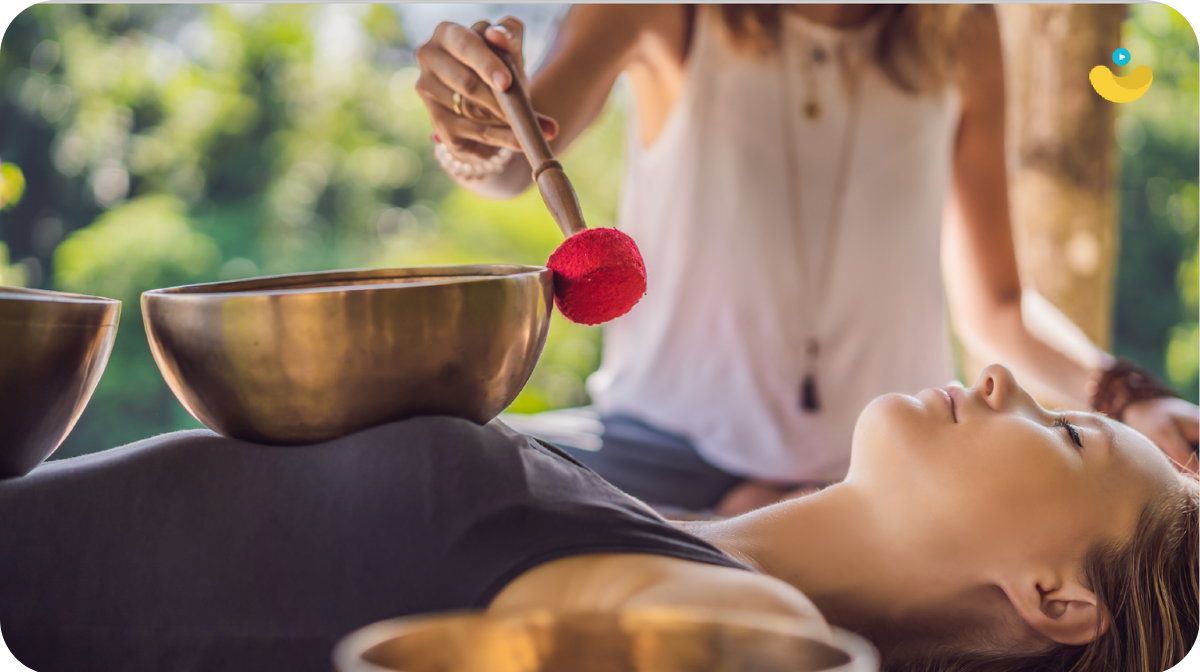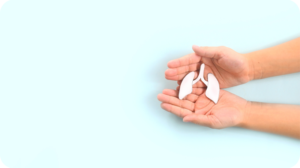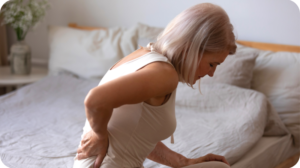Sound is vibration. The human body is vibration as well. Each cell in your body vibrates at a frequency. Different frequencies for different cells. So it should not come as a shock that a great many alternative practitioners believe vibration, in the form of sound, can play a role in healing the body.

This isn’t news. Ancient Greeks believed certain types of music could remedy mental afflictions. Sound healing has long been a part of Ayurvedic medicine, and is integral to the practice of yoga and even certain spiritual practices, such as Tibetan Buddhism.
Simple observation backs up the underlying assertion. Sounds have an obvious effect on the mind and body. Police and emergency sirens, for instance, have been shown to speed up the heart rate and activate the body’s flight-or-fight response. Music is another powerful example. Martial music has been used for centuries if not millennia, to agitate troops and spur them to battle. Many athletes use music to prepare for competition. Certain music can also have the opposite effect, calming the mind and preparing the body for rest.
There is some clinical evidence, as well. A 2015 study published in the journal Pain Research and Management concluded that ongoing sound therapy used on fibromyalgia sufferers reduced pain levels and improved sleep. Another study, published in 2016 in the Journal of Evidence-Based Integrative Medicine, found that Tibetan singing bowl meditation had a measurable impact on reducing stress, anxiety, and pain in study participants.
Not all sound therapy is the same. There are several different types, used to achieve different goals.
- Music therapy. Sometimes called neurologic music therapy, this involves using specific types of music to calm patients, enhance physical rehabilitation, and reduce pain (by cluttering the signal pathways that the brain uses to receive pain signals). Practitioners are credentialed through the Certification Board for Music Therapists (CBMT).
- Bonny Method. The Bonny Method of Guided Imagery and Music (GIM) was developed by Helen Bonny, PhD. Proponents point to a study published in 2017, in the Journal of Music Therapy, that indicated the method’s use of classical music paired with certain imagery can lead to both physical and mental health improvements. More research is needed to replicate and confirm these results, but those findings show promise.
- Nordoff-Robbins Music Therapy. As the Nordoff-Robbins Center for Music Therapy at NYU’s Steinhardt School puts it, “The Nordoff-Robbins approach to music therapy is based on the belief that everyone possesses a sensitivity to music that can be utilized for personal growth and development.” Developed by Dr. Paul Nordoff and Dr. Clive Robbins, the theory has been taught and used since 1989. Training involves a two-year program. Patients are prompted to interact with conventional or custom musical instruments as part of the treatment of autism and mental health issues.
- Binaural beats. Meant to change brain waves with pulsing sounds, this therapy is touted as a possible treatment for anxiety, discomfort, and behavioral issues in children.
Basic sound healing is done with a variety of instruments, including traditional musical instruments. Perhaps the most common, though, are singing bowls (metal or quartz), tuning forks, and drums.
Research on sound healing is modest. The studies that have been done so far point to sound healing being most effect at stress-reduction, anxiety relief, and as a complementary therapeutic treatment for behavioral disorders such as autism—used as one part of a complete program or treatment. Proponents tout much wider benefits, including lowering blood pressure, and reducing the severity and effects of many physical—even serious—diseases. Much more research needs to be done to validate these claims.
Share some love if you like this post!





